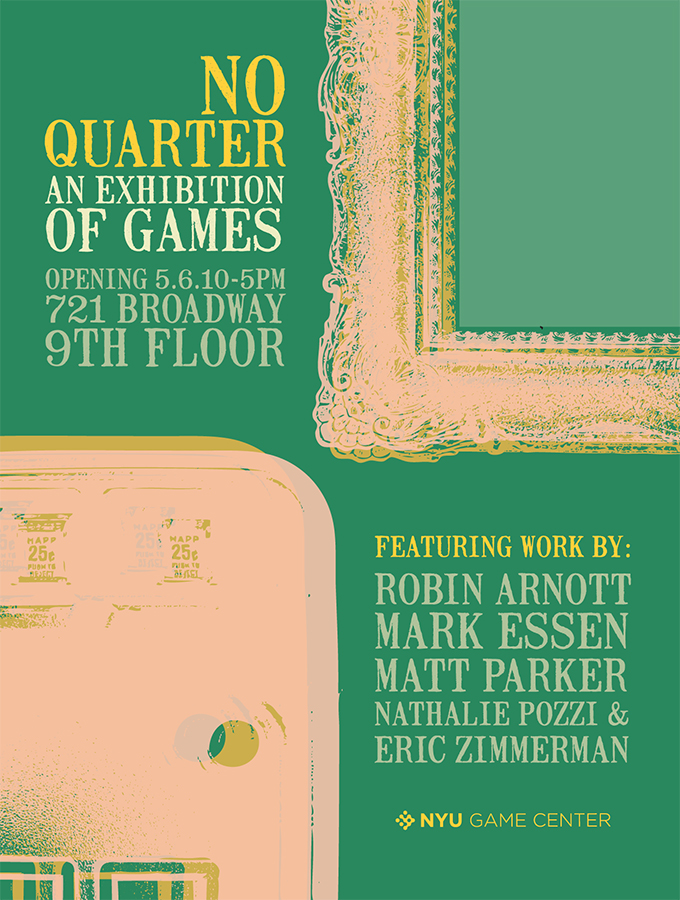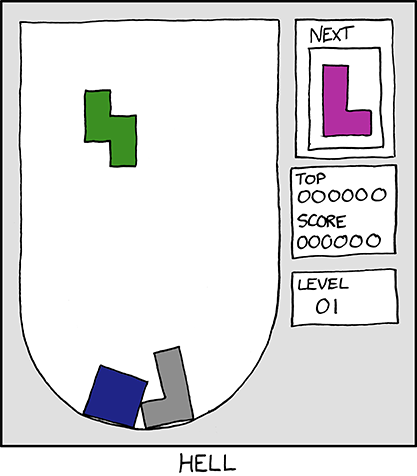For your theory pleasure, the new issue of Eludamos is out.
(Full disclosure: I am on the advisory board now.)
Eludamos. Journal for Computer Game Culture
Vol 4, No 1 (2010)
Table of Contents
http://www.eludamos.org/index.php/eludamos/issue/view/vol4no1
Articles
Postcolonial Playgrounds: Games and postcolonial culture (1-6)
Sybille Lammes
Why so serious? On the relation of serious games and learning (7-24)
Johannes S. Breuer, Gary Bente
The Computer Game as a Somatic Experience (25-40)
Henrik Smed Nielsen
Discourse Engines for Art Mods (41-56)
Cindy Poremba
Exploring the Creative Potential of Values Conscious Game Design:
Students’ Experiences with the VAP Curriculum (57-67)
Jonathan Belman, Mary Flanagan
Indoor Fireworks: The Pleasures of Digital Game Pyrotechnics (69-83)
Simon Niedenthal
Interviews
The Museology of Computergames—An interview with the curator of the
Computerspiele Museum, Andreas Lange, and art historian and archivist Dr.
Winfried Bergmeyer, Berlin. (87-100)
Claudia Costa Pederson
Development in Context (101)
Judd Ethan Ruggill, Ken S. McAllister
“Stay Small and Keep it All”: Making a Big Splash in Boutique Game
Development (103-107)
Ken S. McAllister, Judd Ethan Ruggill
Evoking the Inexpressible: The Fine Art and Business of Games (109-115)
Jennifer deWinter, Ken S. McAllister, Judd Ethan Ruggill
No B.S.: The Contemporary Practice of Game Education, Design, and
Development (117-122)
Ken S. McAllister, Judd Ethan Ruggill
Reviews
Planets as small as your house. A review of Super Mario Galaxy (125-128)
Ruben Aize Meintema
Book Review: The Ethics of Computer Games by Miguel Sicart (129-131)
Matthew Geyer Kaplan



